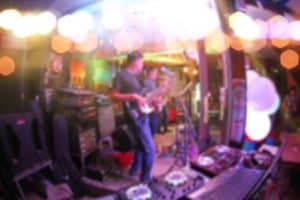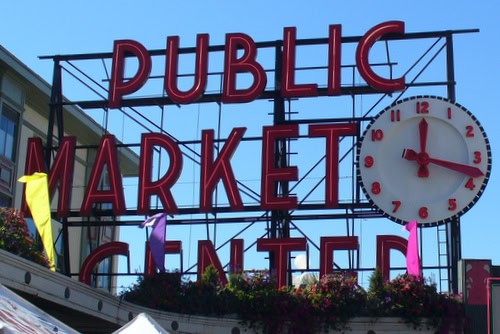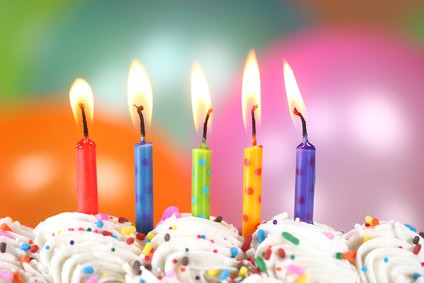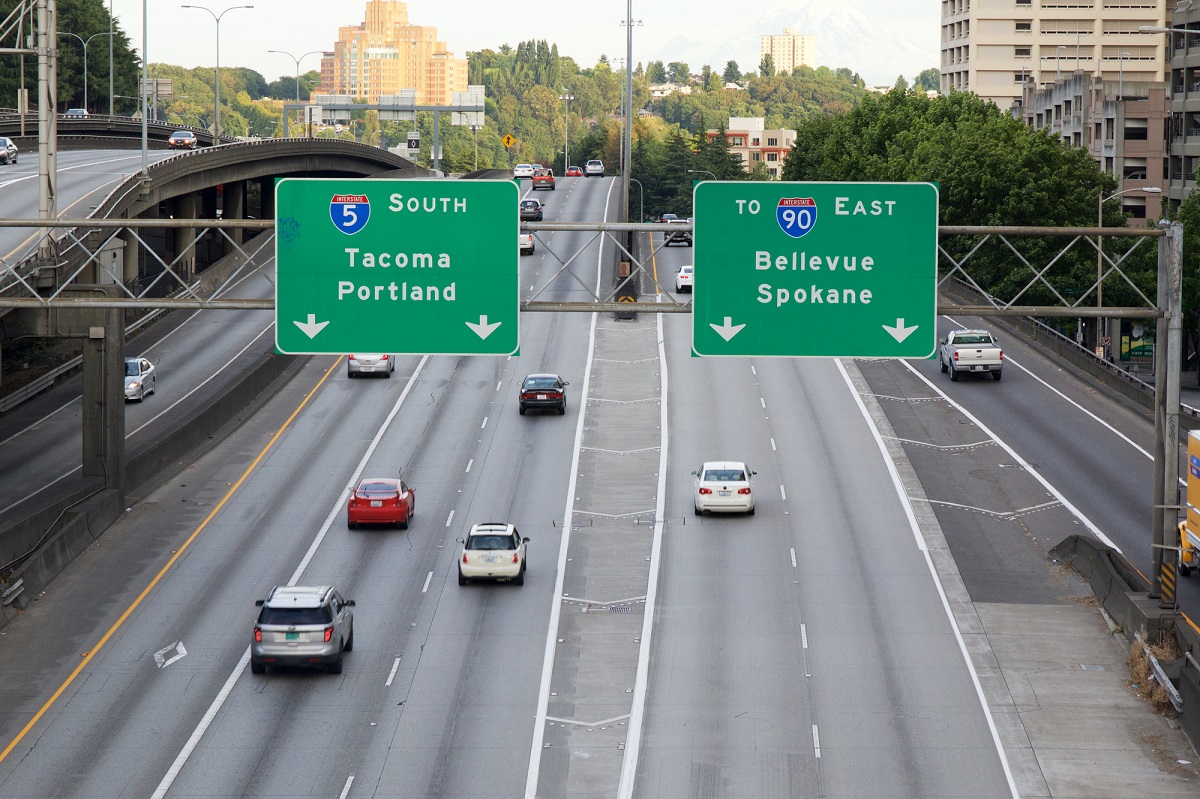Gardening in the Puget Sound region gets the advantage of year-round temperate weather, abundant rain, and rich volcanic soils.
However, Northwest gardeners also face several challenges: a shortage of sunny days, a growing season that starts later than other parts of the country, and understanding the microclimate where your garden grows. Other specific challenges to your site might include clay soils, acidic soil, dry conditions, shade, slugs, and other impediments to growing beautiful trees, shrubs, flowers, and vegetables.
Fortunately, there is an avid gardening community in the Seattle-Tacoma area. Listed below, you’ll find gardening resources and information for the Puget Sound region, including ideas and inspiration from experts, social gardening clubs, and resources for vegetable gardening.
Following these lists, you’ll find a calendar of upcoming plant sales throughout the Puget Sound region.
General Gardening Resources in the Puget Sound region
Listed below are some of the best local resources with information specific to gardening in the Pacific Northwest.
Master Gardener program through WSU Extension provides a multitude of resources for home gardeners. This FREE gardening information is available to the public and is research-based and focused on environmentally friendly gardening practices. Download free tips sheets on a variety of garden topics. There are extension services in the following counties around the Puget Sound region:
- Master Gardeners of Island County
- Master Gardeners of King County
- Master Gardeners of Kitsap County
- Master Gardeners of Pierce County
- Master Gardeners of Skagit County
- Master Gardeners of Snohomish County
- Find Your County’s WSU Master Gardener Program
Sunset is a lifestyle magazine with information about homes, cooking, gardening, and travel, with a focus on the Western United States.
Tilth Alliance was formed in 2016 when Seattle Tilth, Tilth Producers, and Cascade Harvest Coalition merged. Their mission is to build an ecologically sound, economically viable, and socially equitable food system. They enable community members through a variety of programs, classes, and events.
Information about rain gardens
A rain garden is a beautiful and very functional planting area in the landscape specially designed and constructed to filter rainwater before it reaches the sewer system. Besides protecting our water supply, a rain garden takes less water to maintain than lawns or other types of garden plantings without taking conservation into account. We offer more information about how (and why) to build a rain garden (greaterseattleonthecheap.com).
Social Garden Clubs in the Puget Sound region
There are dozens of gardening clubs around the Puget Sound region. Check the following lists to find a club that interests you. Some are regional clubs and some are focused on a particular plant or topic, such as roses, bamboo, dahlias, rock gardens, beekeeping and many other specialties. Whatever your interests, there is sure to be a club that matches your gardening needs.
If it’s inspiration you are looking for, check out our long list of public gardens and garden tours in the Puget Sound region.
Vegetable Gardening Resources
The following resources for gardening in the Pacific Northwest focus on growing food: fruits, vegetables, herbs, and other edibles. These free resources provide plenty of guidance for starting a vegetable garden, especially if you live in an urban area in Washington State.
A vegetable garden in the city presents some challenges. There is limited green space for growing food. Homeowners can be overwhelmed by a garden project. Condo and apartment dwellers are faced with container gardening or shared garden spaces (known as “p-patches” in Seattle–more about this later) as their only prospect for a garden.
Besides urban challenges, Mother Nature can bring on too much rain (or not enough), wind, or freezing temperatures at inopportune times–just when you’re ready to plant in spring or late in summer as the tomatoes are nearly ripe. There is also the problem of overabundance, too much zucchini or lettuce than you can eat before it spoils.
Starting and maintaining a vegetable garden takes planning, flexibility, imagination and resourcefulness to be successful. However, the rewards are abundant. We’ve pulled together the following resources to get you started.
Home vegetable gardening is one of the most rewarding DIY (do-it-yourself) projects anyone can do, whether you own or rent a house, or live in a condominium or apartment. Growing some of your own food is great for the earth, does wonders for your belly, and can feed your soul.
Washington State University Extension resources:
- Growing groceries: Why grow your own food?
- Growing Food on Parking Strips and in Front Yard Gardens
- Gardening in Washington State
City of Seattle resources:
- Resources for Growing Food in the City. Ideas and information to start or expand your vegetable garden.
- Guide to Growing Food in the City (PDF) will help beginning gardeners get started and experienced gardeners learn more about growing food to eat.
- Growing Food in Planting Strips. Planting strips are the unpaved area between the sidewalk and street. The Seattle Department of Transportation (SDOT) sets the rules for growing of food in planting strips–don’t worry, the rules are easy to follow. Plus, there are some things you need to know, such as restricted plants, soil safety, raised beds, and more.
- Seattle P-Patch Community Gardening program is a community of gardens and gardeners throughout the city who enjoy organic urban agriculture at assigned garden plots and open spaces.
Other vegetable gardening resources:
- Tilth Alliance in Seattle offers gardening classes for adults and kids, a garden hotline, resources for farmers, and more.
- Tacoma Community Gardens provides gardening opportunities that include meeting your neighbors, becoming more self-reliant, beautifying your neighborhood, producing nutritious food, reducing your family food budget, conserving resources, and getting outdoors for some healthy exercise.
- Pierce County Edible Gardens Workshop Series. Explore the basics of successful vegetable gardening in the Pacific Northwest—from seed to table. Classes are taught by educators from Harvest Pierce County (a program of the Pierce Conservation District), Pierce County Planning and Public Works and the Franklin Pierce School District.
- Tenth Acre Farm in Cincinnati, Ohio is a blog from Amy Stross, a modern homesteader with a yard that was never expected to be anything more than lawn.
Best vegetables to grow in Puget Sound gardens
So, what vegetables grows best in Seattle and Puget Sound vegetable gardens? Of course, the best vegetables and herbs to grow are the ones you and your family like and will eat. Listed below are some ideas for getting started with your vegetable garden.
- A salad garden is many gardeners first vegetable garden. Some of the easiest vegetables to grow include lettuces and other greens (arugula, Swiss chard, mustard greens, kale, and spinach).
- Growing herbs is another way to save money and grow delicious ingredients for salads, soups, and many other recipes. Start with (like the song) parsley, sage, rosemary, and thyme. Also try basil, chives, cilantro, dill, mint, and oregano.
- Other popular vegetables that are easy to grow include beets, broccoli and broccoli rabe (or raab), cabbage, carrots, cherry tomatoes, garlic, green beans, green onions, leeks, peas, snow peas, potatoes, radishes, turnips, and zucchini.
Planting seasons for vegetables in Puget Sound gardens
There are two planting seasons in the Northwest: spring (for harvest summer through fall) and late summer (for harvest in fall or spring). How early or late in each of these seasons you can plant depends on the crops you are planting and when you want to harvest. Planting times also differ for seeds versus “starts” (plants started in small pots for transplanting into the vegetable garden).
In spring, planting dates stretch from February to June. Spring-planted crops will be harvested through summer and into early fall.
- The average first planting date is mid-March (around St. Patrick’s Day, March 17).
- Hardy crops, such as peas can be planted earlier, in mid-February (around President’s Day, 3rd Monday).
- Tender crops, such as basil and tomatoes should be planted mid-May to mid-June (between Mother’s Day and Father’s Day).
In summer, plant new crops to be harvested in fall, winter or spring:
- In early August, plant these crops for fall harvest: cilantro, broccoli rabe, green onions, radishes, and greens such as kale, spinach, and chard.
- In late August, plant these crops to over-winter and harvest in early spring: beets, broccoli, cabbage, carrots, garlic, and turnips.
For more details on what to plant and when, refer to the above resources or visit your local library.
Event calendar of free and affordable things to do
Listed below are all types of free and affordable things to do in the next 30 days.
Featured Events are listed first each day, highlighted by a photo. These are unique, popular, or annual events that we or our advertisers don’t want you to overlook.
Find more events and ideas for affordable living at Greater Seattle on the Cheap – Free things to do, cheap fun, discounts and deals in the Seattle-Tacoma metro area








